Bjarke Ingels Group Is Building a Sustainable Floating City Off the South Korean Coast

It’s no secret that rising sea levels pose an existential threat to coastal life. Now, an ambitious new project in in South Korea aims to address the climate phenomenon by building a sustainable city unaffected by rising waters—because it floats on top of them.
Busan, which is located on the southeastern tip of the Korean peninsula, has reached an agreement with UN-Habitat and Oceanix to build what would be the world’s first floating metropolis. The project could be completed as soon as 2025, and would help provide a blueprint for coastal cities looking to combat climate change.
More from Robb Report
The Luxury Resale Market Is Expected to Reach $77 Billion by 2025, a New Report Says
Some of the World's Best Chefs Are Fighting to Protect Precious, Endangered Ingredients. Here's How.
Currently, 40 percent of the world’s population and 90 percent of its “megacities”—typically those with populations in excess of 10 million people—are located within 62 miles of a major coast, according to Oceanix’s press release. This makes those cities vulnerable to rising sea levels, which could displace millions of people in the coming decades and cause billions of dollars of damage to property and infrastructure.
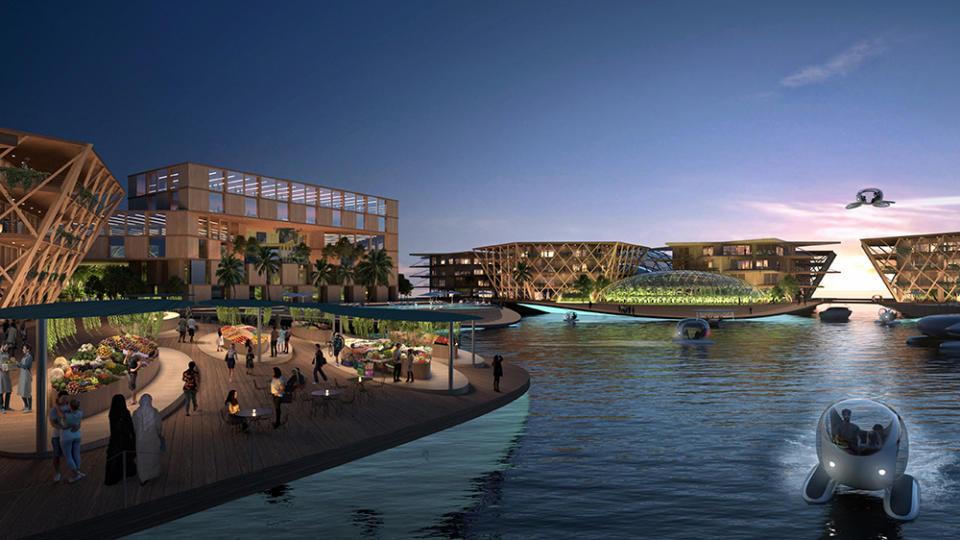
Oceanix/Bjarke Ingels Group
With a population of 3.4 million, Busan may not qualify as a megacity, but it is South Korea’s largest port city and the fifth largest in the world. The city isn’t just vulnerable to rising sea levels, though; it’s also been battered by typhoons and flooding in recent years, making it an ideal location for the vital experiment.
“It just happened that Busan is the best place for us to deploy this prototype,” Oceanix co-founder Itai Madamombe told Insider earlier this month. “But this is something that we hope will be useful to all coastal cities around the world, and all coastal communities who are facing the challenge of sea-level rise.”
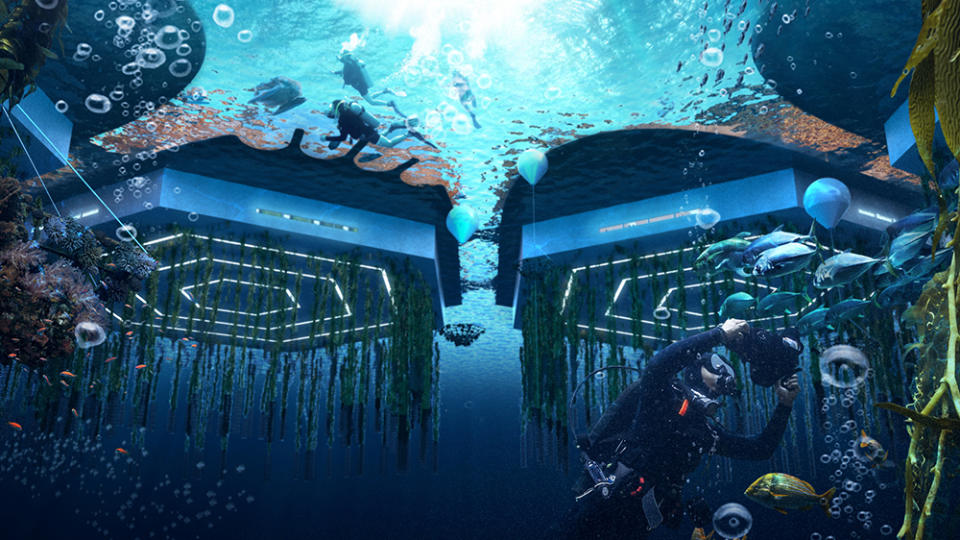
Oceanix/Bjarke Ingels Group
The prototype for the city off the coast of Busan was conceived during the UN’s first roundtable on sustainable floating cities in 2019. It is designed by the Bjarke Ingels Group and consists of a number of modular hexagonal platforms that float on the water. It will be able to accommodate 10,000 people initially and will produce its own food (like scallops and kelp), energy and fresh water thanks to a fully integrated closed-loop system that creates no waste. The modular design will also help the city withstand natural disasters, including tsunamis, hurricanes and flooding.
UN-Habitat will collect and analyze data from the floating city and use the findings for future developments. It may all sound far-fetched, but Oceanix is said to be in talks with 10 other governments about similar projects, a number that could grow if the Busan prototype turns out to be a success.
Check out more renderings of the prototype city below:
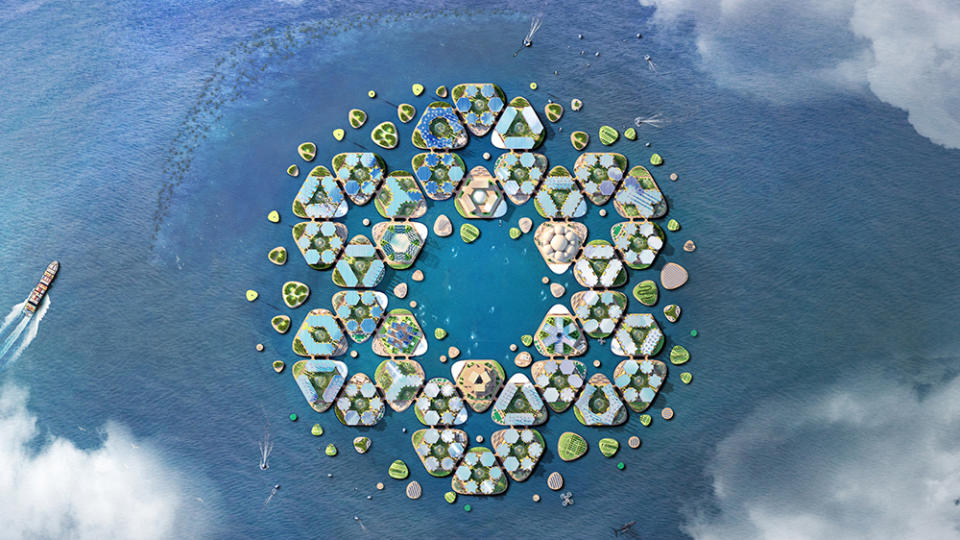
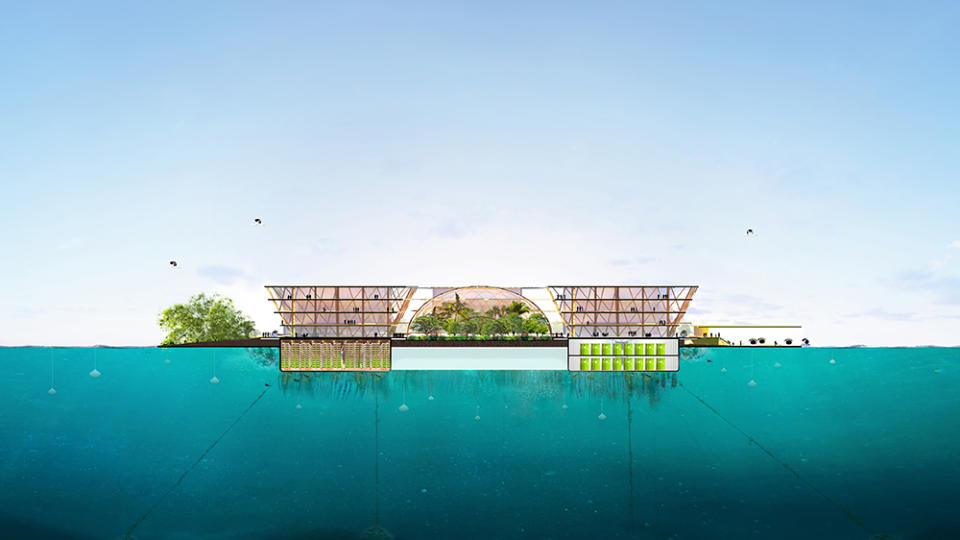
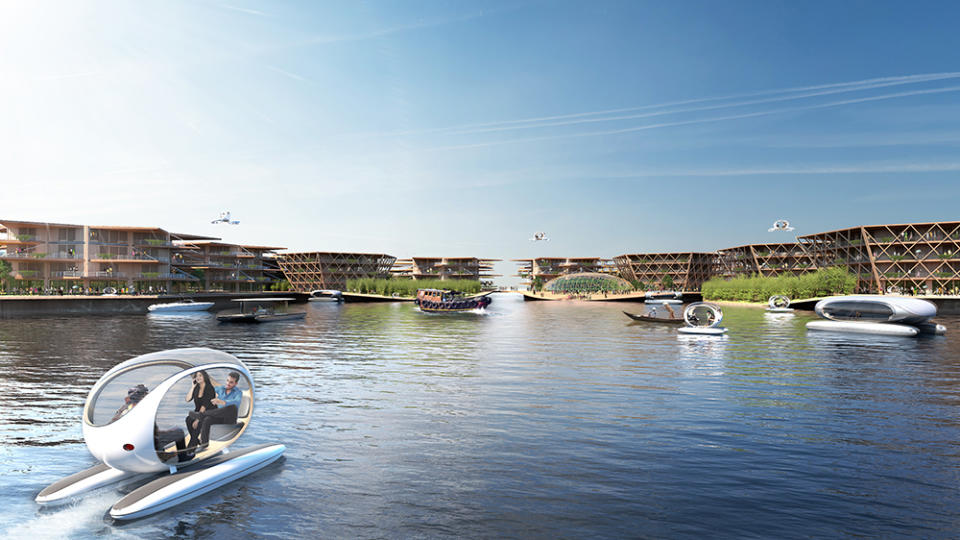
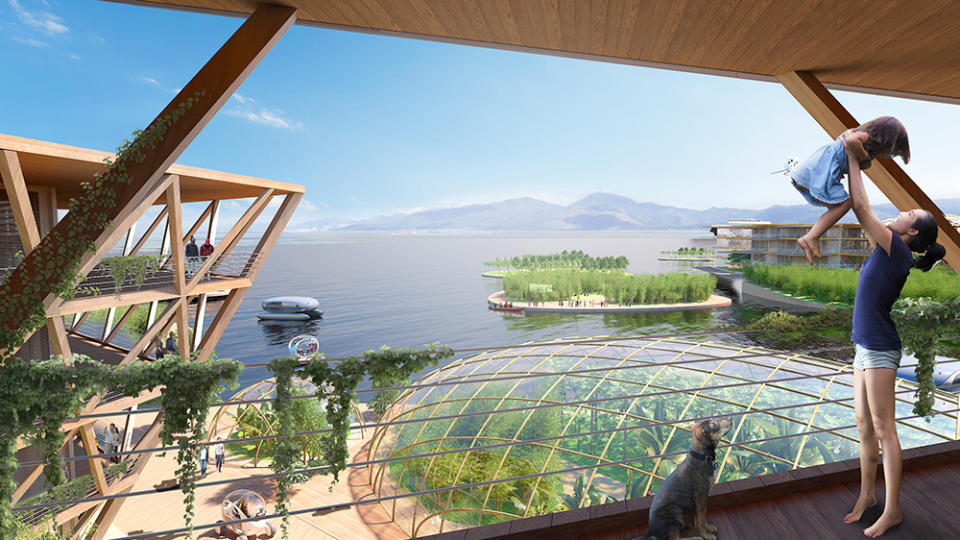
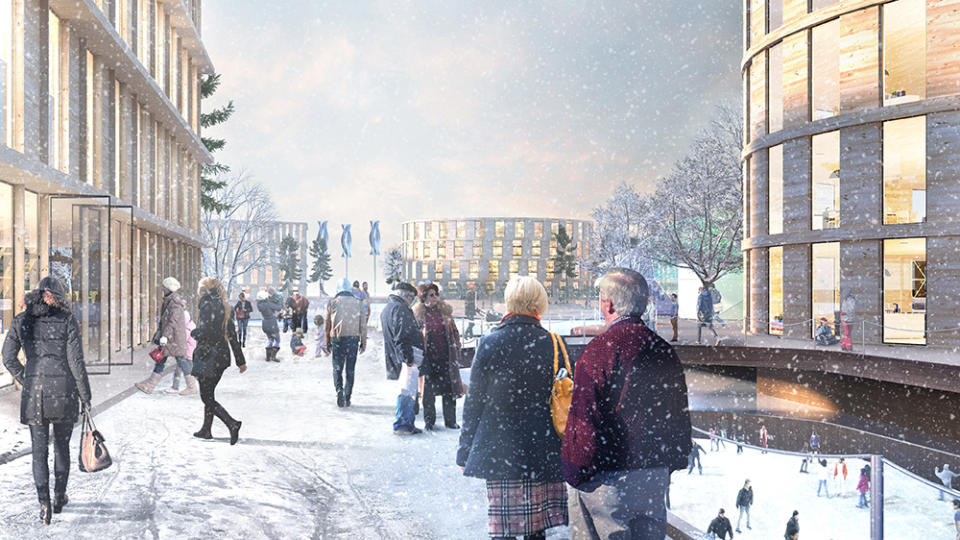
Best of Robb Report
Sign up for Robb Report's Newsletter. For the latest news, follow us on Facebook, Twitter, and Instagram.

